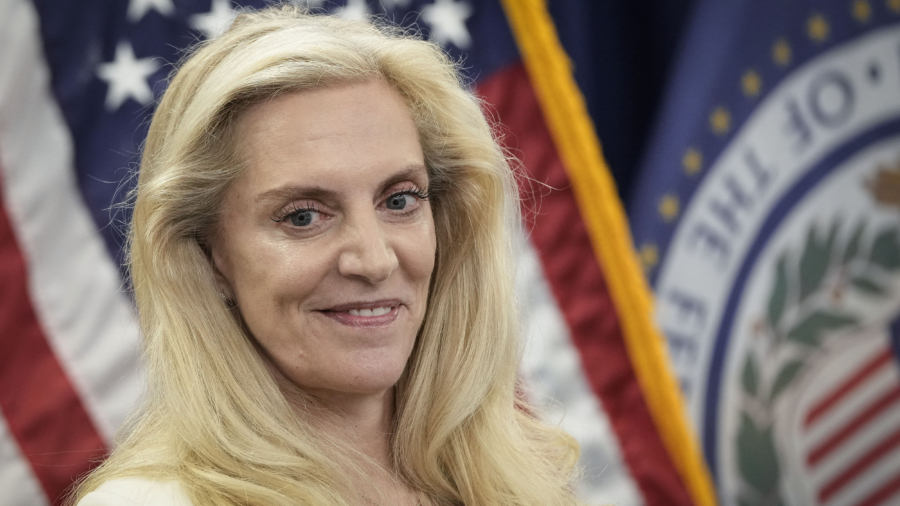Federal Reserve Vice Chair Lael Brainard will step down from her position and serve as President Joe Biden’s top economist, the White House said on Tuesday.
Brainard will serve as the new head of the National Economic Council (NEC), succeeding Brian Deese, who recently announced his resignation.
President Biden also named long-time associate Jared Bernstein to chair the White House Council of Economic Advisers, and tapped Joelle Gamble, chief economist for the Department of Labor, as the deputy NEC director.
“Cecilia Rouse and Brian Deese are trusted advisors that I have relied on to help craft my economic agenda, and our country owes them a debt of gratitude for their service. As they transition out of the White House, I am pleased to announce new leaders who will continue to deliver on my economic vision and help finish the job,” the president said in a statement.
“Lael, one of the country’s leading macroeconomists, brings an extraordinary depth of domestic and international economic expertise, having previously served at CEA, NEC, the Treasury Department and the Federal Reserve. She is a trusted veteran across our economic institutions, and understands how the economy affects everyday people.” CEA is the Council of Economic Advisers, and NEC is the National Economic Council.
Over the last year, Biden has relied heavily on the NEC to develop new economic ideas and solutions to today’s challenges and sell the president’s agenda to Congress and the American people.
Brainard maintains extensive government experience. In 2014, she joined the Federal Reserve as a governor. During the Obama administration, she was the under-secretary for international affairs. Brainard was also the deputy director for the National Economic Council in the Clinton White House.
Some experts have anticipated that she could become the next secretary of the Treasury or head of the Federal Reserve if Biden wins his reelection bid in 2024.
In the meantime, there is plenty of speculation as to who will become the next vice chair at the central bank. According to Bloomberg, some names being considered are alums of the Obama administration, including Karen Dynan and Janice Eberly. Dynan served as a top economist in the Treasury Department and worked 17 years at the Federal Reserve. Eberly was also a chief economist in the Treasury Department. In addition, Brian Sack, a previous head of the New York Fed Bank’s Markets Group, has also been considered for the position.
The administration is reshaping its economic team and overall personnel midway through the president’s first term as the nation grapples with elevated inflation, a slowing U.S. economy, and climbing interest rates.
“This team will be committed to implementing that strategy, while managing the transition of our historic economic recovery to steady and stable growth,” Biden said. “They will work tirelessly to ensure every American enjoys a fair return for their work and an equal chance to get ahead, and that our businesses can thrive and outcompete the rest of the world.”
“Let’s finish the job,” he added.
The Bureau of Labor Statistics (BLS) reported on Tuesday that the annual inflation eased to a higher-than-expected 6.4 percent in January, down from 6.5 percent in December. On a month-over-month basis, the Consumer Price Index (CPI) rose 0.5 percent, up from 0.1 percent.
Despite maintaining a dovish attitude throughout her tenure at the central bank, Brainard has turned hawkish on monetary policy, advocating for a more restrictive policy until inflation returns to the Fed’s target of 2 percent.
“The FOMC moved policy into restrictive territory at a rapid pace and subsequently downshifted the pace of increases in the target range at its most recent meeting. This will enable us to assess more data as we move the policy rate closer to a sufficiently restrictive level, taking into account the risks around our dual-mandate goals,” Brainard told the University of Chicago Booth School of Business last month.
At the Fed’s policy meeting of the Federal Open Market Committee (FOMC) on Jan 31.–Feb. 1, members voted to raise interest rates by a quarter point, to a target range of 4.50–4.75 percent.
From The Epoch Times

